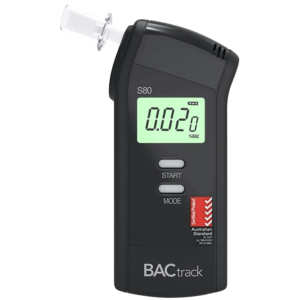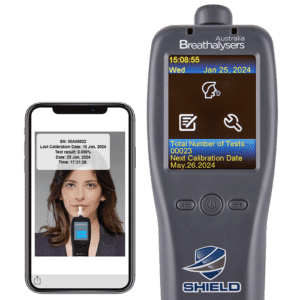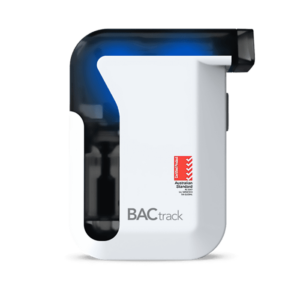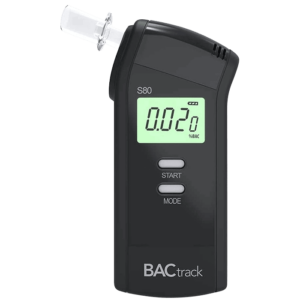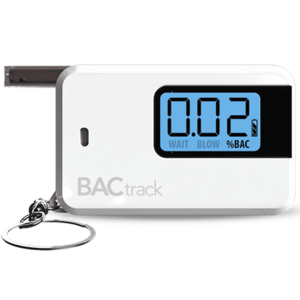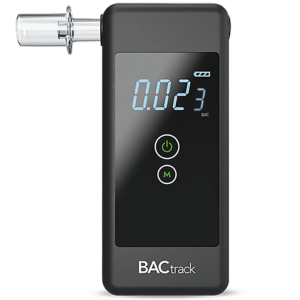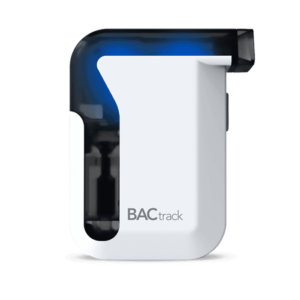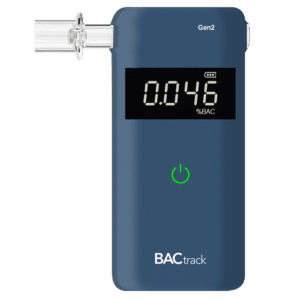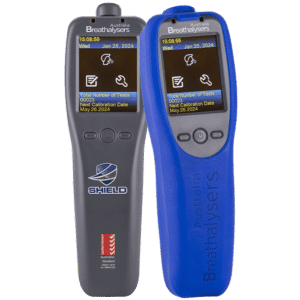Drug Test for Alcohol Detection: What It Is & the Types of Tests
15 March, 2024
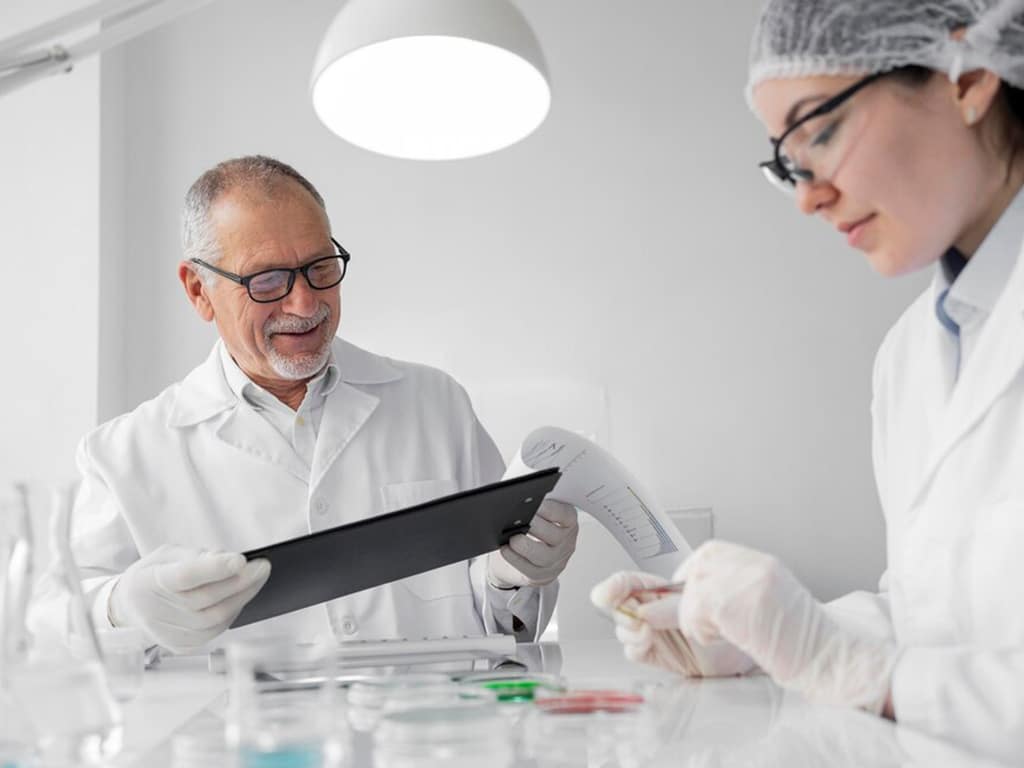
Alcohol testing is a common practice in various industries. It is a crucial measure for ensuring safety in workplaces. In general, a drug test for alcohol detection works by analysing biological specimens for traces of alcohol. There are several types of tests, including breath, hair, urine, and blood tests. In particular, breath testing is the method that police officers use to identify drink driving. It measures the Blood Alcohol Concentration (BAC) levels using breathalysers.
Failing an alcohol test can have several repercussions. At work, this could result in suspension or termination. Moreover, failing a roadside breath test can lead to a drink driving charge, which can show up on criminal records and require fines as a penalty. Testing can also provide intervention and lead to the treatment of alcohol use disorders. This article will present information on alcohol screening tests, the different types, and the implications of a non-negative result.
What is a Drug Test for Alcohol Detection?
A drug test for alcohol detection is a screening method that can determine the presence of alcohol in the system of an individual. Various organisations conduct these using different procedures for differing reasons. However, its primary purpose is to ensure the safety of individuals in several settings.
Companies implement workplace policies for drugs and alcohol to ensure safety within the workplace. This is particularly true for high-risk industries since they pose risks to employees and public safety. These industries include construction, mining, healthcare, transportation, and manufacturing. Testing monitors and verifies that an employee is free from impairment and can carry out their duties effectively and safely.
Furthermore, alcohol detection is commonly used in legal settings, such as probation or parole programs, to monitor individuals who have been ordered to abstain from alcohol. Lastly, police officers conduct random testing on roadsides to identify individuals violating drink driving laws. Overall, alcohol testing is a crucial measure that helps maintain compliance in various fields.
Importance of Detecting Alcohol in the Body
- Detecting alcohol misuse from body samples is crucial for preventing accidents on the roads and in workplaces.
- Testing for ethanol is an effective deterrent against engaging in harmful alcohol consumption.
- A non-negative or positive screening test result can also lead to an intervention for the health of an individual.
- It can help lead them to rehabilitation resources before resuming work or driving privileges.
- Testing can also help individuals monitor their alcohol consumption and limit it as needed.
- Access to convenient testing kits and devices like breathalysers makes it easy for people to comply with laws related to alcohol use.
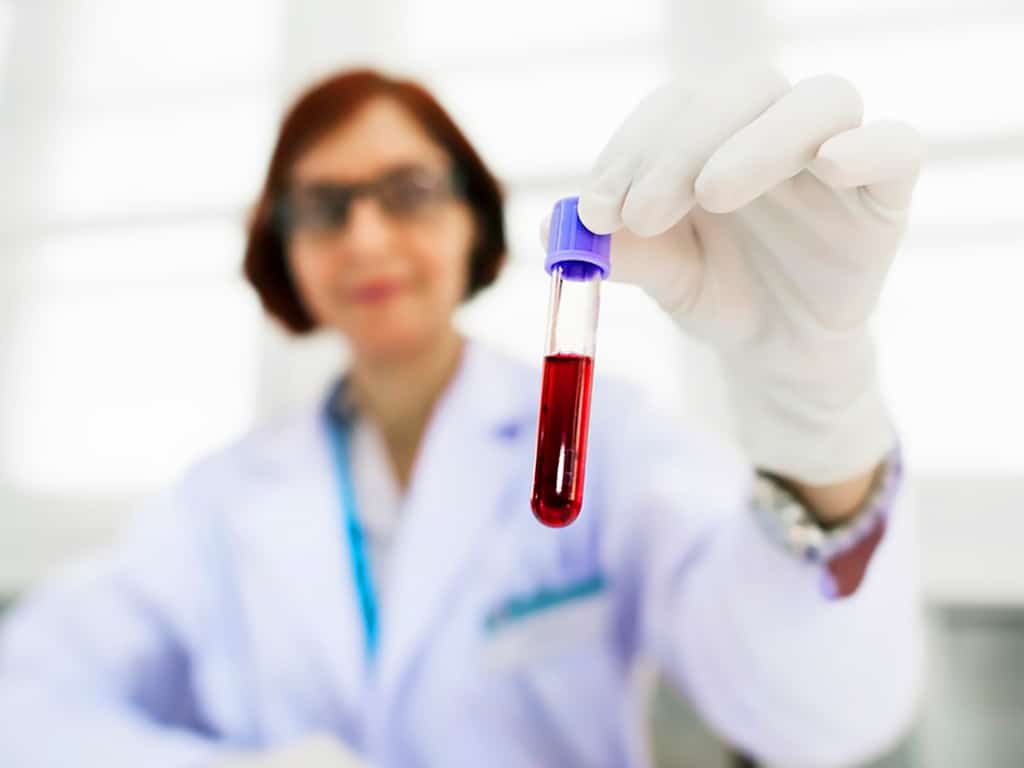
Types of Drug Tests for Alcohol Detection
Several types of drug tests for alcohol detection are available for individuals and organisations to use. Firstly, breath alcohol tests are the most convenient method of screening. Typically, this method uses a breath test device called a breathalyser to measure the BAC within seconds. It can provide highly accurate measurements. Moreover, this is the procedure law enforcement officers use to identify drink driving.
Another convenient method many utilise is saliva testing. It has an easy collection procedure and is ideal for tracing recent alcohol consumption. Urine alcohol tests are also a popular procedure for tracing light or heavy drinking. Advanced urine tests, such as Ethyl Glucuronide (EtG) or Ethyl Sulfate (EtS), can detect the biomarkers of alcohol consumption for up to 70-80 hours.
Meanwhile, blood tests can trace alcohol levels for weeks by identifying alcohol metabolites in the bloodstream. This is the most accurate method for tracing ethanol and illegal drug use. Lastly, hair tests have the longest detection period of 90 days. Many use these to prove alcohol abstinence for employment or legal purposes.
Understanding BAC Levels
The blood alcohol content levels are a measure of the amount of alcohol present in the bloodstream. It is one way of determining the level of intoxication and potential impairment. The BAC quantity is typically shown as a percentage, with high amounts indicating a large amount of ethanol in the blood.
A BAC level of 0.05% is the legal limit for driving. At this stage, people may have poor judgment and slower reaction times. It takes about two standard drinks for men and one standard drink per hour for women to reach this level. Meanwhile, a BAC of 0.30% or higher can be fatal.

Implications of a Non-Negative Drug Test for Alcohol Detection
A non-negative drug test for alcohol detection has multiple implications. Foremost, it can indicate the recent alcohol intake of the individual. This can be a punishable violation, depending on the setting, such as after a workplace drug testing or a random roadside breath screening. In a healthcare setting, it can mean the individual has an Alcohol Use Disorder (AUD) that requires treatment.
Companies typically have workplace policies that outline the process for employees who receive a non-negative report. In most cases, they will have a chance to explain their situation and ask for a confirmatory test to help refute the initial result. It entails using advanced techniques and equipment for laboratory testing.
Gas Chromatography-Mass Spectrometry (GC-MS) is considered the gold standard for confirmation testing. This is because it can accurately quantify the amount of substances in the sample. It can also account for external factors that could affect the result. Therefore, if the confirmation test produces a negative report, they may disregard the initial result.
Factors that Can Influence the Result
Several factors can influence the result of alcohol testing. Understanding these can help individuals prevent false negatives or positives from occurring. Firstly, exposure to environmental products that contain alcohol or alcohol-based items may cause a false-positive result. Some examples are cleaning products, mouthwash, and breath sprays.
Secondly, individual factors can affect alcohol metabolism, leading to a longer period of detection. This includes age, gender, body mass, body type, and health condition. Interactions with medications can also slow the metabolic rate. Lastly, the amount of alcohol consumed can extend the detection windows, particularly for chronic heavy alcohol drinkers.
Conclusion
A drug test for alcohol detection refers to the process of testing biological samples for the presence of alcohol. It is a vital method that helps many organisations ensure safety in different settings. It is standard procedure for companies in high-risk industries. Law enforcement officers also regularly conduct this to ensure road safety. The methods of testing for alcohol include saliva, blood, urine, breath, and hair testing. Each one has different advantages, which is crucial to consider before selecting one.
Failing an alcohol test can have several implications and consequences. Generally, it indicates alcohol misuse, which may violate a specific policy or law. However, individuals may opt for confirmation screening to help refute a false positive result. This can help people avoid undue consequences. Using methods like GC-MS, laboratories can accurately quantify the amount of substances in the sample more reliably than other analysis methods.



















